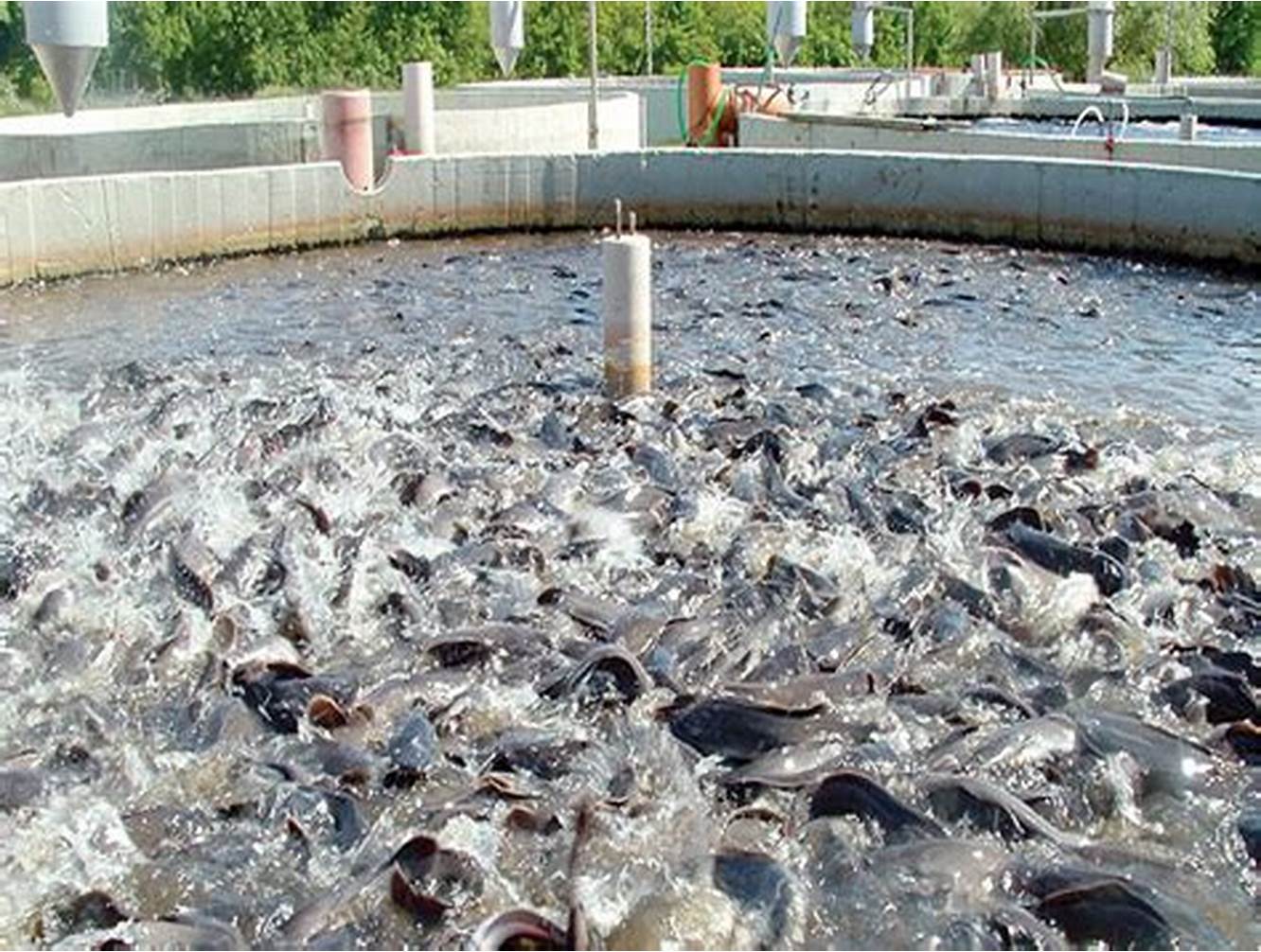Starting a fish farming business in Nigeria is a lucrative venture that can be kicked off with as little as 200,000 naira. This guide will walk you through the essential steps to establish your fish farm, ensuring that you maximize your investment and create a sustainable income stream.
Understanding Fish Farming
What is Fish Farming?
Fish farming, also known as aquaculture, involves raising fish in controlled environments for commercial purposes. This method ensures a steady supply of fish, meeting both local and international market demands.
Types of Fish Farming
There are several types of fish farming, including:
- Pond farming: Utilizing man-made ponds.
- Tank farming: Using large tanks for fish cultivation.
- Cage farming: Raising fish in cages submerged in natural water bodies.
Why Choose Fish Farming in Nigeria?
Market Demand
Nigeria has a significant demand for fish, driven by its large population and a growing preference for fish as a healthy protein source.
Climatic Advantages
The tropical climate in Nigeria provides ideal conditions for fish farming, reducing the need for expensive climate control measures.
Economic Benefits
Fish farming can be highly profitable, offering quick returns on investment due to the relatively short growth cycle of many fish species.
Initial Planning
Research and Feasibility Study
Conduct thorough research to understand the market, costs, and requirements. A feasibility study will help you determine the best approach and avoid potential pitfalls.
Choosing the Right Fish Species
Popular species for farming in Nigeria include catfish, tilapia, and carp. Catfish is particularly favored due to its high demand and adaptability.
Budgeting and Financial Planning
Breakdown of the 200k Budget
- Rent and Construction of Ponds/Tanks: 50,000 naira
- Purchase of Fingerlings: 30,000 naira
- Fish Feed: 70,000 naira
- Water Supply System: 20,000 naira
- Miscellaneous (licenses, labor, etc.): 30,000 naira
Cost Considerations
Ensure you account for recurring costs like feed, water, and maintenance. Keeping some funds aside for emergencies is also prudent.
Setting Up the Fish Farm
Selecting a Suitable Location
Choose a location with adequate water supply and away from industrial pollutants. Proximity to your market can also reduce transportation costs.
Constructing Ponds or Tanks
Build ponds or tanks that are suitable for your chosen species. Ensure they are well-constructed to prevent leaks and escapes.
Water Supply and Quality Management
Reliable water supply is crucial. Regularly test the water quality to maintain optimal conditions for fish growth.
Stocking the Fish
Purchasing Fingerlings
Buy healthy fingerlings from reputable suppliers. Inspect them for signs of disease before introduction into your farm.
Optimal Stocking Density
Avoid overcrowding by following recommended stocking densities. Overcrowding can lead to poor growth and higher disease rates.
Feeding the Fish
Types of Fish Feed
Use high-quality commercial fish feed for balanced nutrition. Supplement with locally available feed ingredients to reduce costs.
Feeding Schedule and Techniques
Feed your fish twice daily, adjusting the quantity based on their growth stage. Overfeeding can pollute the water and harm the fish.
Fish Health Management
Common Fish Diseases and Prevention
Watch for signs of disease such as abnormal swimming, loss of appetite, or discoloration. Use preventive measures like regular pond cleaning and maintaining water quality.
Regular Health Checks
Regularly monitor fish health and consult a vet if you notice unusual symptoms. Early detection can prevent widespread outbreaks.
Daily Farm Management
Routine Maintenance
Regularly clean ponds or tanks, manage water levels, and remove any dead fish immediately to maintain a healthy environment.
Record Keeping
Keep detailed records of feeding schedules, growth rates, and any health issues. This data is essential for managing your farm efficiently.
Harvesting
When and How to Harvest
Harvest fish when they reach marketable size, typically after 6-8 months for catfish. Use nets or traps to minimize stress and damage.
Post-Harvest Handling
Handle fish carefully to maintain quality. Use ice to keep them fresh if there’s a delay in selling.
Marketing and Sales Strategies
Identifying Target Markets
Identify potential buyers, including local markets, restaurants, and supermarkets. Building relationships with buyers can ensure regular sales.
Effective Sales Techniques
Promote your farm through social media, word-of-mouth, and local advertising. Offering competitive prices and maintaining quality can attract loyal customers.
Challenges and Solutions in Fish Farming
Common Challenges
Challenges include water quality management, disease outbreaks, and fluctuating market prices.
Practical Solutions
Address challenges by maintaining good farm practices, staying informed about industry trends, and diversifying your market.
Sustainability Practices
Environmental Considerations
Minimize environmental impact by using eco-friendly practices such as recycling water and avoiding harmful chemicals.
Sustainable Farming Practices
Implement sustainable methods like integrated farming, where fish farming is combined with crop or livestock farming to optimize resource use.
Conclusion
Starting a fish farming business in Nigeria with 200k is achievable with careful planning and management. By following these steps, you can establish a profitable and sustainable fish farm.
